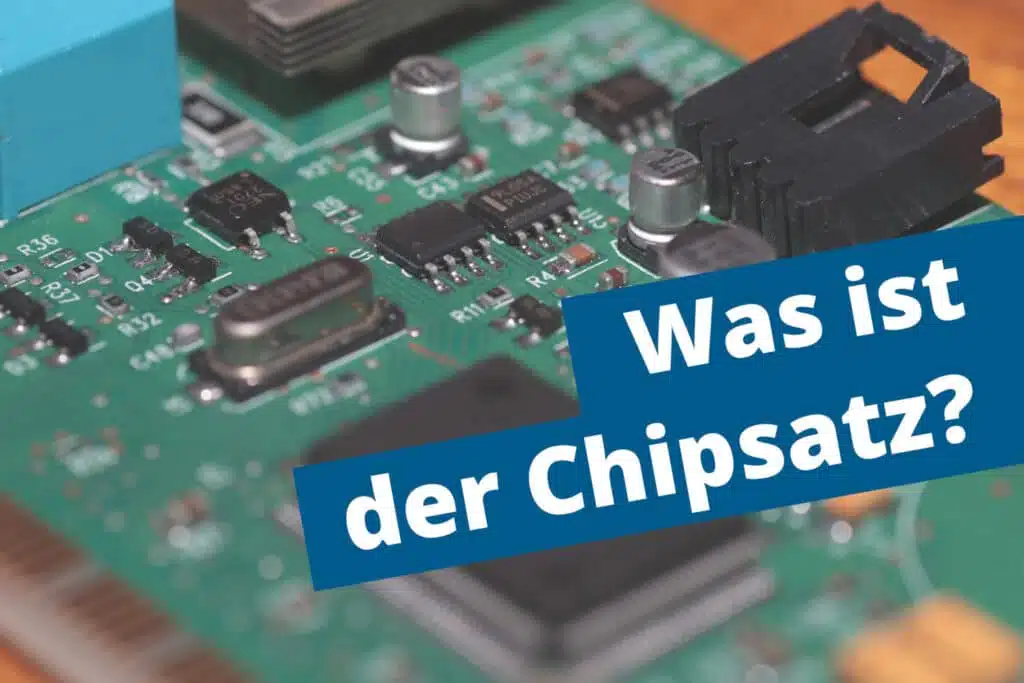26.05.2020

The chipset is an integral part of a Mini PC. The term describes the chips used for the northbridge and southbridge on the motherboard of a mainboard.
The chipset is responsible for controlling the individual components of a PC as well as the peripherals. It also regulates the data transfer between the CPU, RAM and the graphics card.
The Bridge architecture developed by Intel has established itself on the market. The chipset is divided into the Northbridge and the Southbridge. These have different functions and are responsible for different things.
The Southbridge controls the data transfer between the bus systems such as PCI or PCI Express. The USB controller is also located here. Power management functions and control of the network controller are also handled by the Southbridge.
The northbridge generally has a higher speed than the southbridge and is therefore responsible for the more important things. This includes the control of the CPU and its clocking, as well as the control of the memory modules.
Computers, especially those like our mini PCs, are getting smaller and smaller. In such cases, the regular structure of a chipset, as described above, simply takes up too much space. The solution to this is so-called single-chip systems, in which as many functions as possible are accommodated on one chip. The Southbridge is an integral part of the Northbridge and its functions have simply been integrated into the Northbridge. We have already explained how this works in our blog post about SoC.

Machines that know when they need to be serviced before anything breaks down. Sounds like a dream of...

Digital signage has long been much more than just static screens. In times of Industry 4.0, smart bu...

SCADA systems enable real-time monitoring and control of industrial processes and are central to Ind...
You need to load content from reCAPTCHA to submit the form. Please note that doing so will share data with third-party providers.
More Information